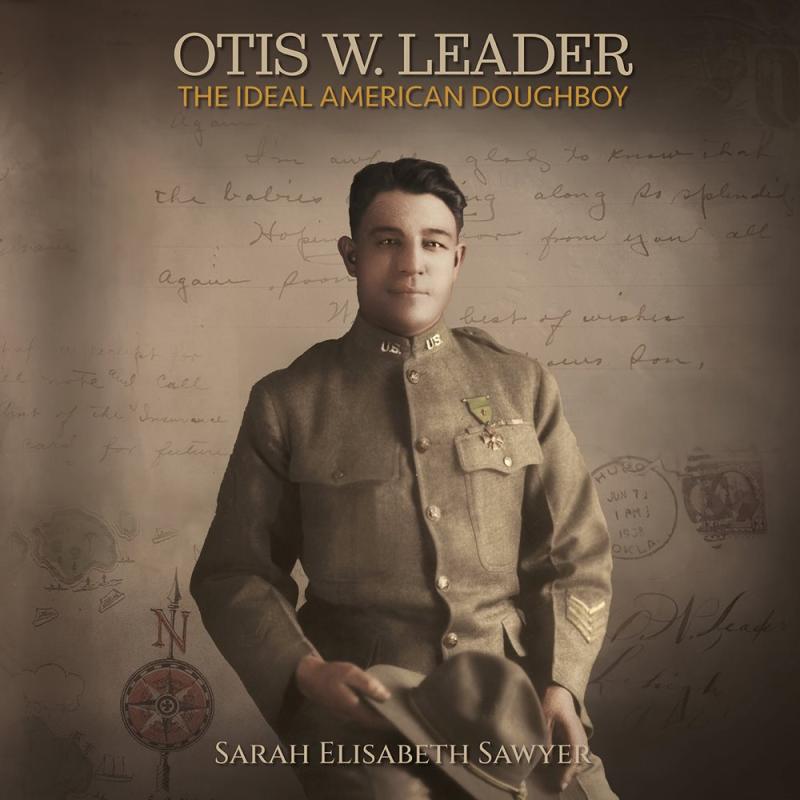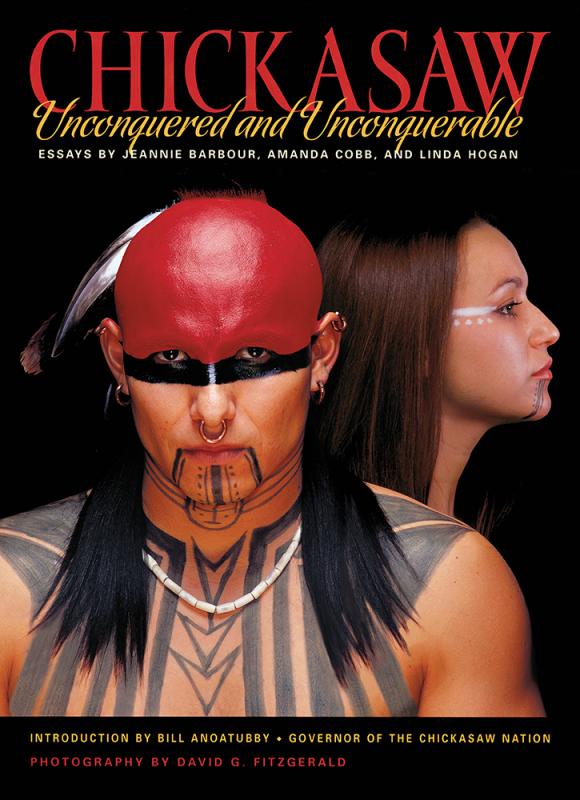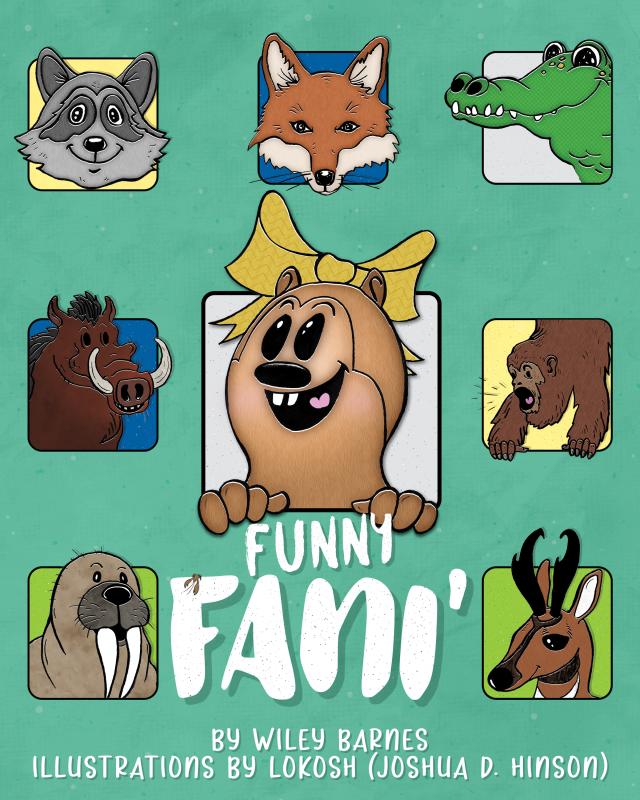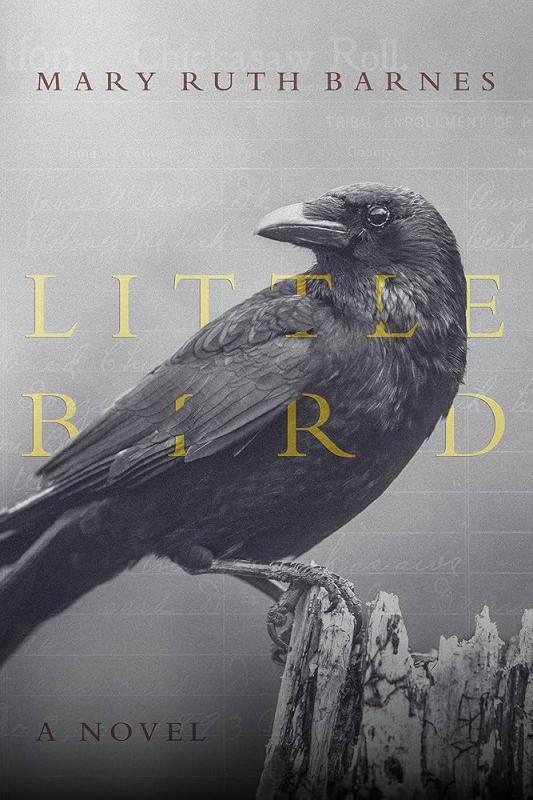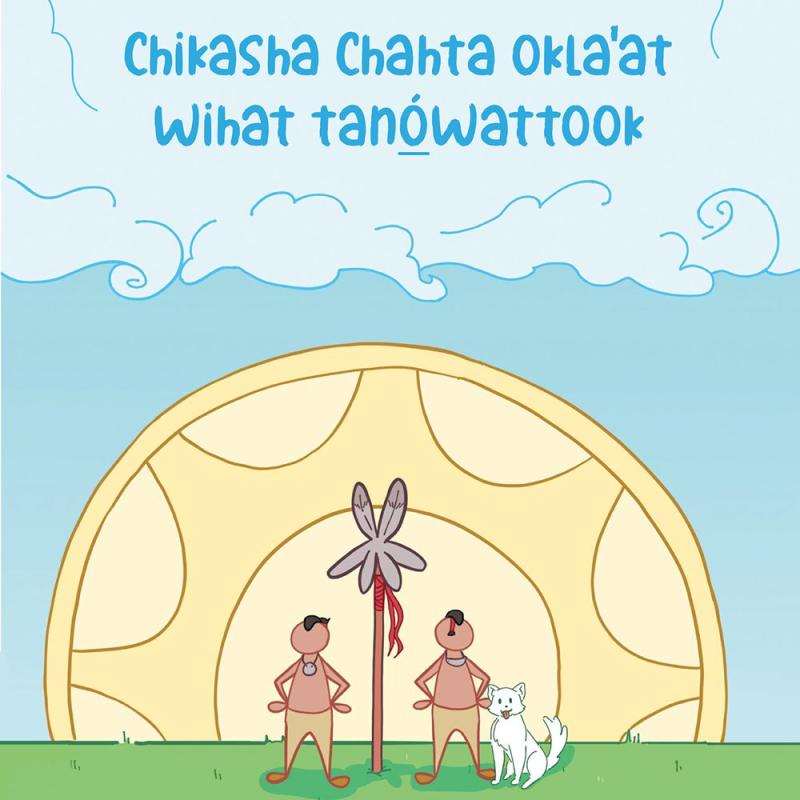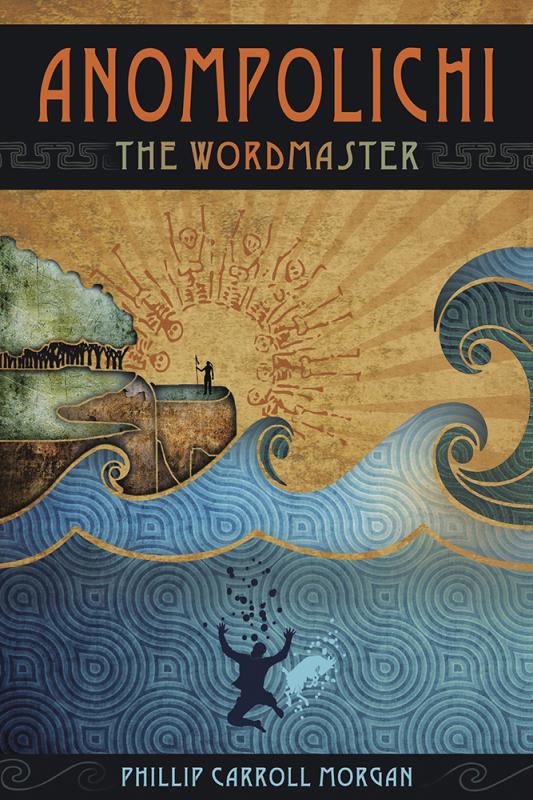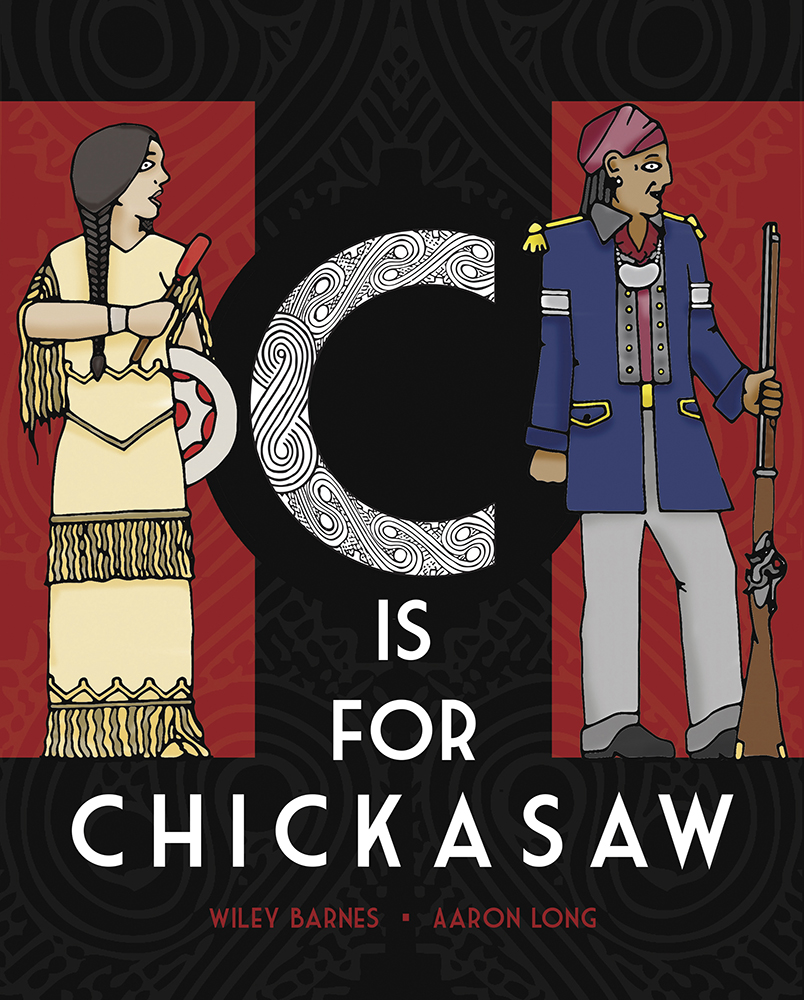Guaranteed to Please Indie Bookstores!
Introducing the Microcosm Guarantee

Portland, OR — Microcosm Publishing has launched “The Microcosm Guarantee,” for independent bookstores who place direct orders for Microcosm’s publications designed to ensure print resources swiftly and efficiently reach readers who need them most. Through the Microcosm Guarantee, orders from indie bookstores that come through Microcosm’s website, sales reps, or in-house sales team will now be shipped within 2 business days. Microcosm is so confident in the press’s processes, staff, and new custom shipping boxes that founder and CEO Joe Biel will personally apologize to any retailer who receives damaged goods.
Following discussions with independent booksellers at the 2024 Heartland Fall Forum conference, the Microcosm Guarantee was conceived to streamline the ordering and shipping process, get vital texts into readers’ hands, and strengthen partnerships with independent booksellers on the frontlines of their communities’ needs. In a move that hearkens back to a 2011 initiative offering to accept unwanted Kindles in exchange for books while the industry was spelling doom for print, the Microcosm Guarantee is another investment in the publisher’s mission of equipping readers to make positive change in their lives and in the world around them, despite trends or obstacles.
The Microcosm Guarantee is already being applied to direct orders at Microcosm’s Portland and Cleveland warehouse facilities. Learn more about the Microcosm Guarantee in this video, and in the FAQ below!
FAQ: The Microcosm Guarantee
- What is the Microcosm Guarantee?
- It’s simple! Orders placed for our books, zines, and sidelines by independent bookstores through our independent sales reps, our in-house sales reps, or placed on our website will be shipped out within two business days. Stores frequently comment about how well our warehouse workers (some of whom are owners) pack boxes to prevent damages, but if you receive a damaged book, Microcosm CEO Joe Biel will personally apologize for the inconvenience! (What other publishers can say that???)
- Why are you doing this?
- Independent Booksellers have different needs than other kinds of retailers and we’re here to help. Besides, we’ve got these awesome, cat-tastic boxes that have proven to be great at keeping orders safe. Plus, our warehouse staff rocks, and we’ve got great systems in place to make sure our bookstore customers can get the books they need, when they need them.
- What types of stores and orders does the guarantee apply to?
- Independent bookstores ordering directly through our sales reps or placed on our website.
- Who do I contact if I have questions or an order arrives late or damaged?
- If you have a problem with an order, send an email to orders(at)microcosmpublishing.com.
- Want recommendations or title suggestions for your store? Contact sales(at)microcosmpublishing.com.
- Who are the cats on the boxes?
- The one with the dapper tie is Arthur, and the tuxedoed gentleman is Walter!

